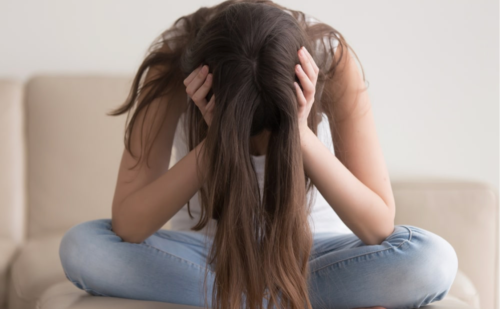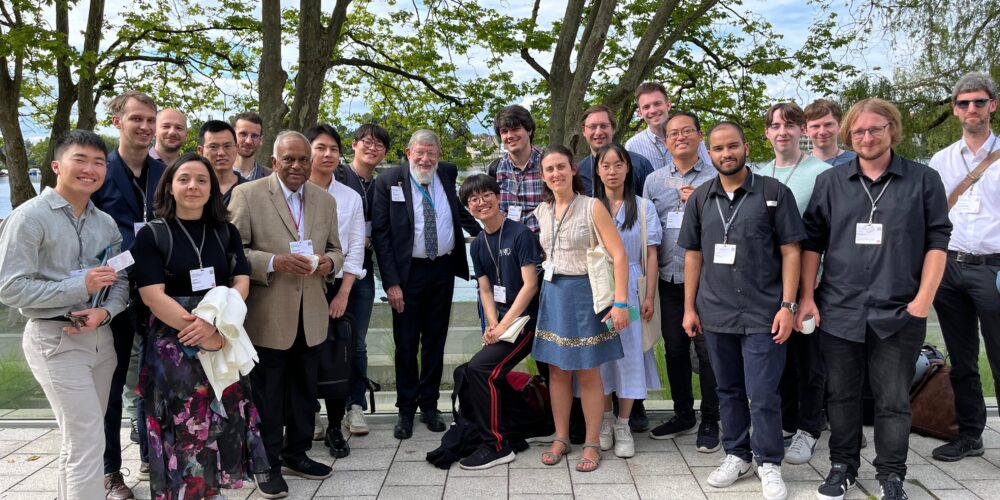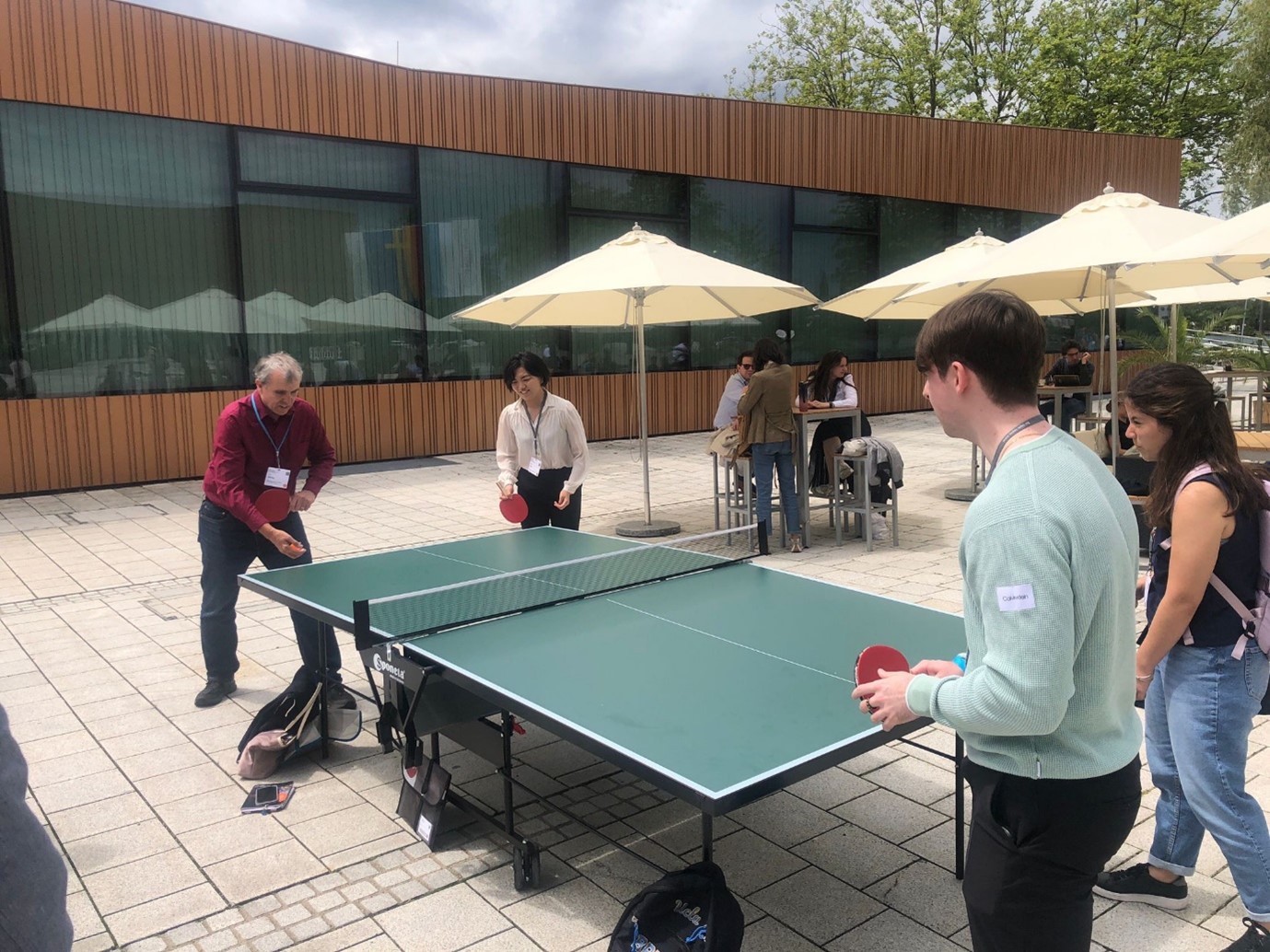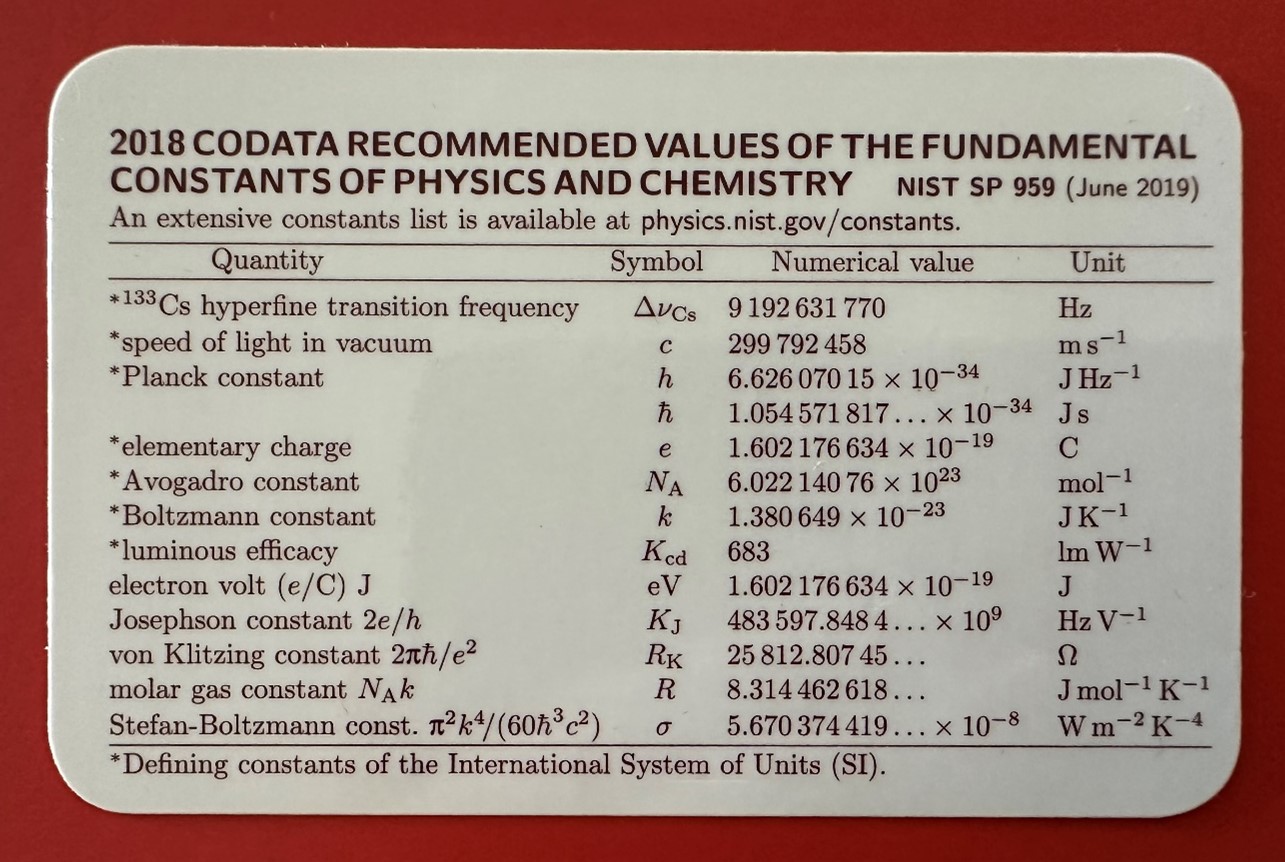
10 October, 2024

Posted: 15 July, 2024
In the first of two features, Paul Cannon, Irish Research Council Government of Ireland Postgraduate Scholar shares his experience of attending the 73rd Nobel Laureate Meeting in Lindau, Germany this summer. This year the meeting focused on the discipline of Physics. Paul is based in Dublin City University. The Irish Research Council open the Lindau Call annually for Irish nominations. Further information can be found on our funding page.
My research investigates the novel, low-cost fabrication of different types of nanostructures (i.e. structures with dimensions over 10000 times thinner than a human hair) that can capture DNA to be detected for biomedical diagnostic purposes.
DNA detection is very important for diagnosing infections and diseases, and our research is all about making the detection process easy and affordable, where the costly and specialised equipment traditionally required is replaced by more accessible and lower-cost technologies.
The aim of my PhD was to create a prototype of a portable DNA sensor that can hopefully be used for specific disease detection at the site of patient care, i.e. patient bedside or GP’s office.
My Ph.D. project was highly interdisciplinary, fostering collaborations within DCU. However, my engagement beyond the university’s boundaries remained largely unexplored due to the COVID-19 pandemic. I wanted to engage with the outstanding attendees of the Lindau meeting to expand my network and explore new research avenues outside of the scope of my current research and thought there would be no better kindling for this than the Lindau meeting. I was absolutely right.
It was an incredible honour to be selected and was a great privilege to represent the Irish Research Council, Dublin City University, and my Ph.D. supervisors Dr. Jennifer Gaughran, Prof. Enda McGlynn, and Dr. Brian Freeland, who have been so immensely supportive throughout my journey.
My journey into physics started rather stereotypically – through science-fiction and other fictional portrayals of sciences. While these books, shows, and movies are known for exaggerated portrayal of physics and physicists, they sparked a genuine curiosity for me in the field of physics. This led me to realise that the theories and topics that I found so intriguing in fiction, especially the 2014 movie “Interstellar”, were rooted in real scientific theory and achievements, often attributed to the work of Nobel Laureates. When my Ph.D. supervisors nominated me for the Lindau Nobel Laureate Meeting, I saw it as a unique opportunity to connect with the very individuals who have inspired so much of my academic journey.
The opportunity to interact with Nobel Laureates was both inspiring and humbling, reaffirming my commitment to physics and motivating me to strive for excellence in all aspects of research. This experience not only deepened my understanding of physics but also reinforced my resolve to contribute meaningfully to the scientific community. Being selected also allowed me to interact with fellow young scientists from around the world, providing invaluable advice and opening up opportunities for networking and international collaboration. These interactions have been instrumental in broadening my research horizons and establishing connections that will be beneficial throughout my career.
I don’t exaggerate when I say every single meeting of the Lindau Nobel Meeting is notable. Each lecture given by a Nobel Laureate was incredibly informative and digestible regardless of the topic. Then we had the open exchanges which were essentially 2-hour long Q&A sessions with individual Laureates in small groups. I would look forward to these every day, as there was ample opportunity to converse with the Laureate of your choosing about any topic really.
However, the most notable meeting had to be the closing ceremony that occurred on our final day, which took place on the famous Mainau island after a beautiful boat trip across Lake Constance. At the end of the closing ceremony, David Gross came out and completely unbeknownst to any of us young scientists, announced the Laureates had come together to create a declaration to warn the world of danger posed by nuclear weapons. Each of the laureates came out one by one to sign the Mainau Declaration, and it was as much a shock as it was an honour to be present for such a historical moment. We young scientists then drafted a statement in support of the laureates with help from David Gross himself and have added our signatures. The opportunity to see and officially support a declaration like this would never have come around if it wasn’t for the Lindau meeting.

The two one on one “meetings” both happened by chance and were the greatest highlights of the week. The first happened when I was playing ping pong outside the venue hall with a few young scientists I had become friends with the day before. While we were playing, Eric Betzig walked up and started watching us. We asked Eric if he would like to play, and he very happily accepted the offer. I can now say I was able to play ping pong against a Nobel Laureate.

The second was in the queue for ice cream and coffee on Mainau island. Takaaki Kajita and his wife were behind us in line, and we started chatting about the unusually hot and humid weather. I mentioned it was still much more tolerable than the September weather in Tokyo when I was there last year, where Prof. Kajita is affiliated. They asked where else I visited in Japan, and I mentioned my partner and I went to Toyama which is a lesser-known town compared to cities like Tokyo, Osaka, and Kyoto. Their eyes lit up when I mentioned Toyama, as it is their hometown. My friends went ahead to collect their food, but I stayed to gush about how much we loved Toyama, and it was a really lovely conversation.
Initially, the idea of approaching the Laureates can feel quite intimidating. However, they constantly emphasise that they are there to meet young scientists and discuss anything and everything. William Phillips announced on stage that anyone who asks him a question over the five days would get a prize (with the caveat, “except for asking the question ‘what is the prize?’”). This light-hearted gesture helped alleviate our worries and motivate students to engage with him. The prize turned out to be a card containing all the fundamental physical constants and their current accuracy and precision, of which his lecture was based on, which will remain in my wallet indefinitely.

The second part of this blog will issue next week.